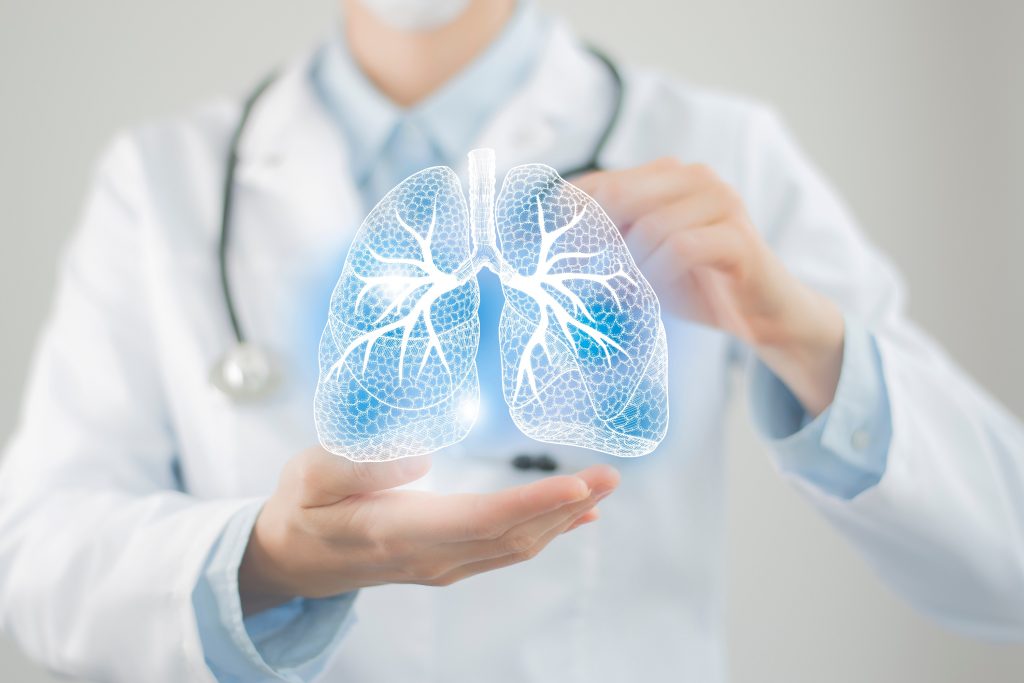It looks like you’ve shared a chunk of CSS styling code, but there isn’t any article text for me to rewrite. If you’d like me to transform a news story or any other piece of writing, please paste the original article text and I’ll happily give you a fresh, engaging version in a nicely formatted HTML format. Let me know how I can help!
The Stages of Addiction and Recovery Explained
Understanding Addiction: From First Sip to Last Vow
Addiction isn’t a single event—think of it as a sneaky, relentless elevator that keeps going up even when you’re not in the mood for it. It starts shaggy, creeps in, and finally becomes the master plot of your life story. Knowing the four, then five, and six stages can turn that gut‑wrenching saga into a roadmap for hope.
Stage 1: The “Just Trying It” Phase
- What’s happening: You taste the thrill at a party, hit a painkiller after surgery, or binge on a sugary snack because everyone else is doing it. The brain lights up with dopamine like a disco ball.
- Why it matters: These first hits plant a seed in your brain’s reward circuitry. No dependence yet, but the idea that “this feels good” begins to stick.
Stage 2: “It’s Just a Habit”
- What’s happening: That one drink on weekends morphs into a nightly indulgence. Pills turn from occasional help into your go‑to after every stressful morning.
- What’s going on: The brain starts to blip—dopamine receptors get poked to the limit, tolerance kicks in, and you need more to hit the same high. Subtle signs pop up: missed deadlines, mood swings, a little secrecy.
- Outcome: Denial hides behind a “fine, I can handle it.”
Stage 3: Real Dependence Hits
- What’s happening: Your body feels you need it to function. Without it, you sweat, shake, or feel jittery.
- Why it’s scary: The line between choice and compulsion blurs. Lifting your everyday life shifts toward “I need to survive this next dose.”
- Trust your brain: It’s both poison and “cure” if you’re not careful.
Stage 4: The Full‑Throttle Car Crash
- What’s happening: Work suffers. Health declines. Family ties unravel. You’re not just using; you’re letting the drug rule the show.
- Feelings: Paranoia, depression, anger, or a numb apathy rises as the chemical balance beats.
- Reality check: The self dies in a hollow helmet; you’re chasing the next hit rather than living.
Stage 5: The Rock‑Bottom Revelation
- Triggers: An overdose, job loss, or a heartfelt confrontation with a loved one. Once the lights go off and the tank breaks, you finally see the wreck.
- Transformation: Pain gives birth to possibility. The internal voice flips from “I deny it” to “I can’t keep this life.”
- First spark: Surrender ignites the first ember of recovery—less hope, more raw acceptance.
Stage 6: Dive into Treatment & Early Recovery
- Detox: The body can’t stay quiet; the withdrawal stage is brutal. Supervised care keeps you safe and creates an emotional support scaffold.
- Therapy: Cognitive–behavioral CBT, group chats, trauma care help untangle distorted thought patterns.
- New habits: You break out of familiar loops—everything changes, but relapse always lurks. Structured routine and peer accountability act like a lifeline.
- State of being: Like a sapling trying to grow in a storm—fragile, but alive.
Stage 7: Maintenance & Long‑Term Sobriety
- It’s a lifestyle: Early sobriety’s euphoric haze fades. What remains are real triggers: stress, grief, monotony. But now you have tools—coping strategies, a sober community, clearer self‑identity.
- Post‑Acute Withdrawal Syndrome (PAWS): Still troublesome? Fatigue, mood swings, cravings. They subside with time and practice.
- Growth: You may start mentoring, volunteering, or sharing your story—turning pain into purpose.
- Healing: Non‑linear, consistent effort, radical honesty. It never ends, but it does evolve.
Finding Joy While You’re Sober
It’s not just about dropping the pipe; it’s about stitching a new life with “good vibes.” Activities like painting, hiking, group sports, or music lessons feel the same same warm. A hobby keeps you connected, creative, and healthy. Cooking, volunteering, yoga, and journaling build self‑worth and mindfulness. These pursuits replace harmful routines and create new habits that support your fresh, sober existence—each step pushing the probability of relapse lower.
Wrap‑Up: A Story of Human Resilience
Addiction hijacks biology, emotions, and identity. Yet, it isn’t a death sentence. Recovery is messy, tough, but real. Understanding the stages—initiation, dependence, dysfunction, crisis, treatment, and sustained sobriety—unravels the complexity of falling and rising again.
Every stage tells a story that is not a sign of weakness but a testament to humanity. Within that story lies the chance to transform pain into purpose and chaos into clarity. If a stumble turns into a step, a breakup becomes a breakthrough, you’ve already won the war, just not yet celebrated it.




